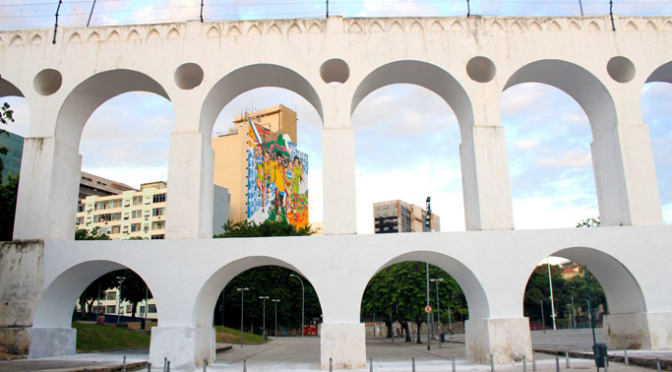Lapa is the cradle of bohemian Rio. Its narrow streets and houses of the last century is home to a multitude of bars , cafes, restaurants, nightclubs and pubs. And there is great supply of samba, forró, choro, rock and MPB (Brasilian Popular Music)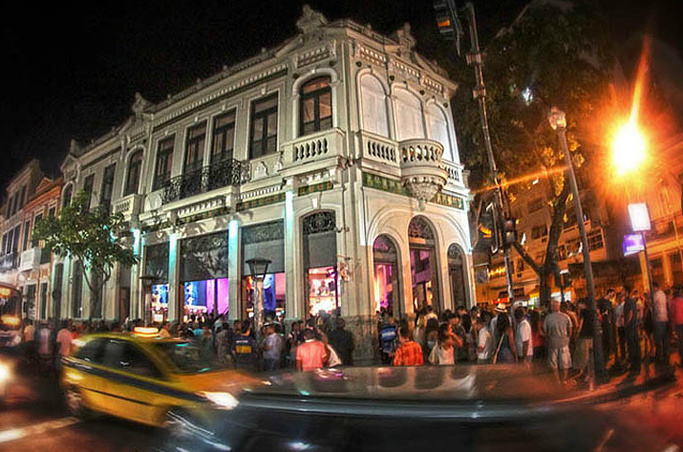 In the evenings of weekends, locals and tourists gather in the square in front of the arches and crowd the bars in the area. It is one of the liveliest spots and frequented in the center of Rio. A democratic and welcoming space. Must-visit for anyone who wants to understand how to amuse the people here.
In the evenings of weekends, locals and tourists gather in the square in front of the arches and crowd the bars in the area. It is one of the liveliest spots and frequented in the center of Rio. A democratic and welcoming space. Must-visit for anyone who wants to understand how to amuse the people here.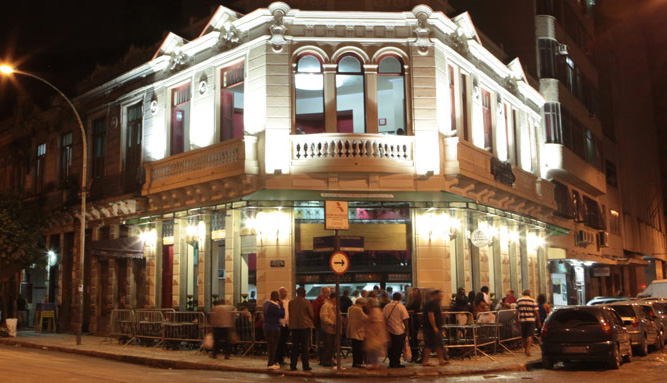
Extra important tip: With a few exceptions, the bars open from Tuesday to Sunday. Those with live music will charge a fee for some chisp/salsa, bread and butter type of apetizers besides the regular dinner charges. From Thursday to Sunday attendance increases and waiting lists can be long , so if you decide to come to Lapa on these days, try to arrive a little earlier. Another option is to book through the bar website and reserve it.
On days of big demand, it takes a little patience due to the long waiting list.
There are three highlights of the area: the Arcos da Lapa, Circo Voador(Flying Circus) and Fundição Progresso.
Fundição Progresso.
- Shows
- Rua dos Arcos, 24, Lapa.
- Phone.: (21) 3212-0800.
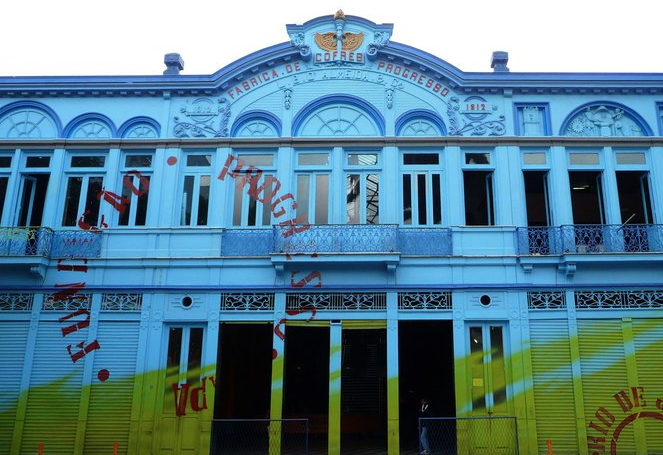
Fundição Progresso, Lapa, Rio de Janeiro.
This amazing building, which today is one of the most important cultural centers and artistic training of Rio, was built in 1881 to warehouse safes and stoves. In the early 80’s there were rumors of a demolition, but a group of artists decides to occupy the building to prevent it and began to use it as a great cultural space. Today is called “ Progress Foundation”, and in addition to receiving great events of national and international showbiz reputation, is also home to many cultural groups that use the space to rehearse, teach and perform. Click nere for the schedule.
Dica: Meia entrada para idosos e estudantes, de acordo com a lei ou com a doação de 1kg de alimento não perecível na entrada do evento.
Circo Voador
- Shows
- Rua dos Arcos, in front of Fundição Progresso.
- Phone.: (21)2533-0354
- Box Office: tuesday to thursday from 12AM às 7PM, fridays from 12AM às 12PM, sábados das 2PM às 12PM.
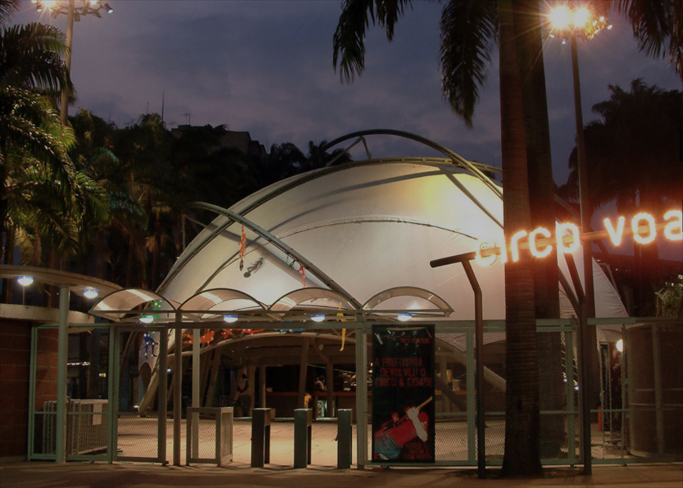
The Flying Circus was a summer idea. A circus tent, mounted on Arpoador beach, in 1982, served as a stage for veteran and novice artists. The shows relaxed, made great success. Summer ended but the idea remained. Later the tent was set up in Lapa, where it is today. The Circus was the scene of major events and movements that marked the cultural history of the city, suffered from the indifference of the authorities, but now has the respect of the public and has established itself as Culture House. In addition to Shows, the Flying Circus offers courses, house exhibitions and social projects. Click here for the show calendar.
Arcos da Lapa
Rio de Janeiro is a city built between small hills and mountains. Since its founding, many of these hills were dismantled and served as a burial site for some ponds and large areas of the coast, in the center and the South Zone.
Downtown as we see today, was built after the dismantling of the hills of Castelo, Santo Antonio and Senado.
The largest and most important work of the colonial time engineering preserved up to today is the Carioca Aqueduct, known as Arcos da Lapa.
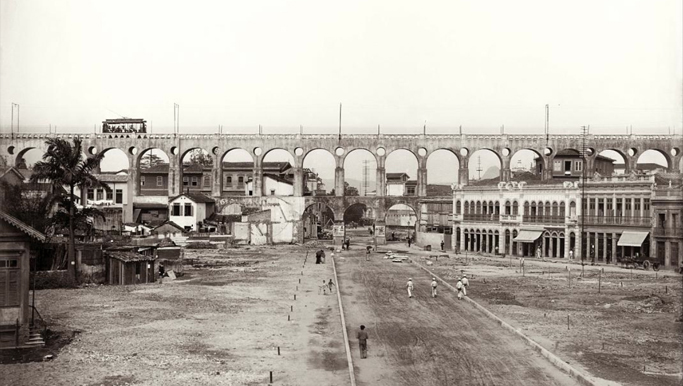
It connects the hills of Santa Teresa and Santo Antônio ( which was partially dismantled ). In front of the arches there was a pond that was connected to the sea , the lagoon of Boqueirão (no longer there). It was inspired by the aqueduct of Aguas Livres being built in Lisbon.
There are 42 arches on two levels, built in stone, lime and whale oil, between the years 1744 and 1750 to carry water from the Carioca River source to a marble fountain with 16 bronze spouts that stood where today is Largo da Carioca.
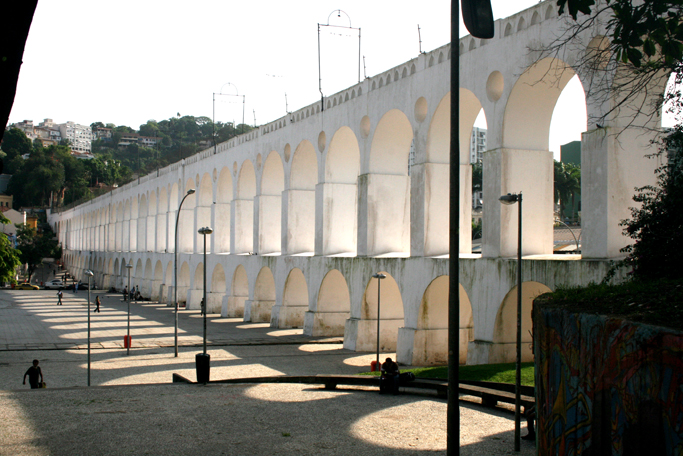
It was from 1896 the aqueduct was disabled and came to be used as a bridge to the iron trams linking the center to the Santa Teresa neighborhood.
Today, the region of Arcos da Lapa is part of Rio’s nightlife scene.
6 BARS THAT YOU CAN’T AFFORD TO MISS IN LAPA AND HOW TO GET THERE.

